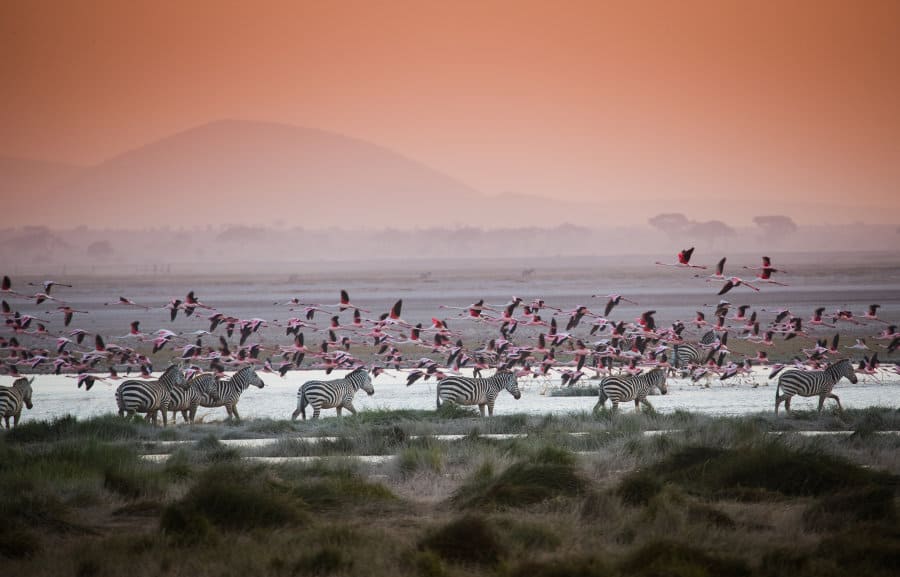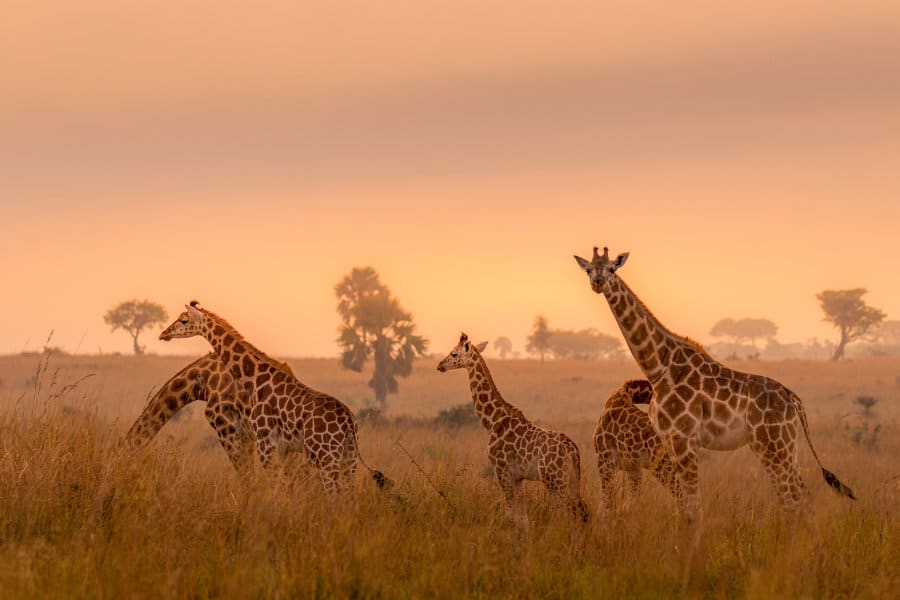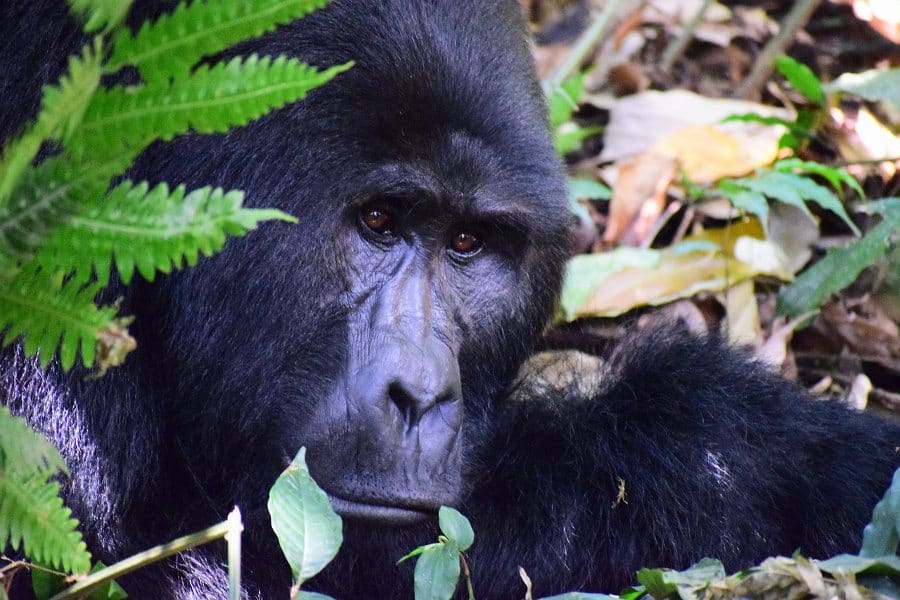A group of elephants is called a herd or a parade. Not a trumpet, nor a trunk. But why?
Elephant herds are matriarchal, led by an old and experienced lady elephant. They have one of the world’s most elaborate and advanced social structures.
So the question is not just what is a group of elephants called? But what makes a group of elephants so clever?
A group of elephants is called a herd
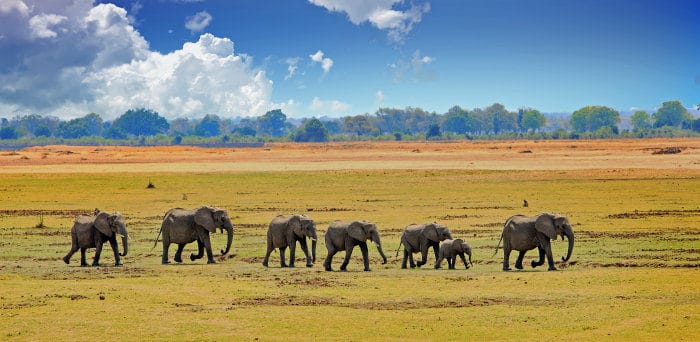
There are some fabulous collective nouns for African animals.
A group of rhinos is called a crash – very appropriate when you see rhinos charging across the African savannah.
A group of giraffe is called a tower – and what else did you think they would be called?
A group of leopards is called a leap, but leopards are solitary animals so this is never used by anybody who knows Africa. The only groups of leopards are family units featuring a mother and her cubs.
It’s a cackle of hyenas, a caravan of camels, a parliament of owls, and a parade of elephants? Or is it?
Why all the strange group names for African animals?
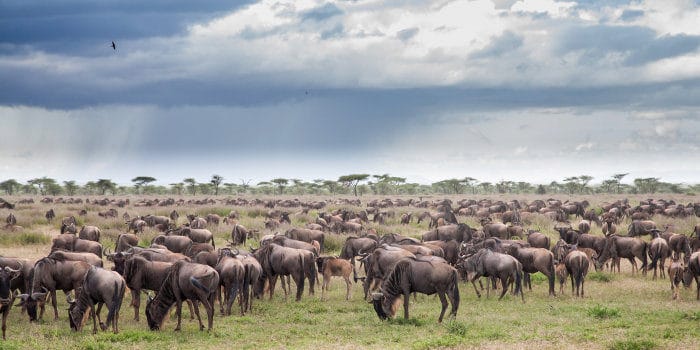
Most collective nouns for animals date back to the 15th century.
A mysterious English woman named Juliana Berners is the only known contributor to the Book of St. Albans, a book filled with stories about hunting.
This was before the time of Shakespeare so the English language was very different to how it is now. Berners filled her stories with fanciful names for different animal groups.
Some are brilliant and still make complete sense today.
For example, what else could it be but a swarm of bees?
A flutter of butterflies is also very appropriate.
A pride of lions makes complete sense when you see such majestic creatures hanging out together.
Berners had never been to Africa. However, knowledge of African animals was widespread even then. People heard stories and saw photos of giraffe, elephants, and other animals that must have seemed like mythical beasts.
Berners named most of them. Like a parade of elephants. She was making up a little poetry for her writing. But almost everything stuck. Within 100 years her collective nouns were official in the English dictionary.
Since then, most other animal names have followed the same process, using a poetic and descriptive name to define a group of exotic animals, like a flutter of butterflies.
This process has even gone on to suggest an implausibility of wildebeest, a parliament of owls, and a cloud of mosquitoes.
So is it a parade of elephants?
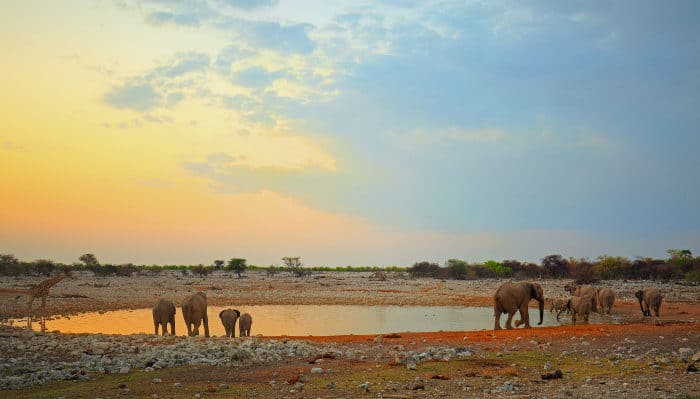
Watch a group of elephants marching across the savannah and it does look like they are parading.
With trunks swinging and ears flapping, they make for a majestic sight, certainly more impressive than any military parade.
Furthermore, elephants usually march in single file, sometimes with a baby elephant hanging onto its mother’s tail.
Most herds congregate in a way to protect their young from view. But all the individual elephants are on show when a group walks past.
Parade can also be defined as a “boastful or ostentatious display.” Elephants are laid-back at heart – the world’s largest land mammal doesn’t throw its weight around unless it is really annoyed.
But elephants do like to be boastful or put on a show designed to impress. When herds meet at a waterhole they show off to each other. Young males are especially boastful.
The challenge with Berner’s approach is that it applies human traits and behaviours to wild animals. It projects human characteristics onto animals far more evolved than ourselves.
For example, it is a bloat of hippos because the hippos appear bloated. However, a four-chambered stomach means hippos are never actually bloated.
A skulk of foxes? A whoop of gorillas? A business of mongooses? A cackle of hyenas even though they don’t actually laugh? Maybe we should keep is simple and stick with a herd of elephants?
So is it a herd of elephants?
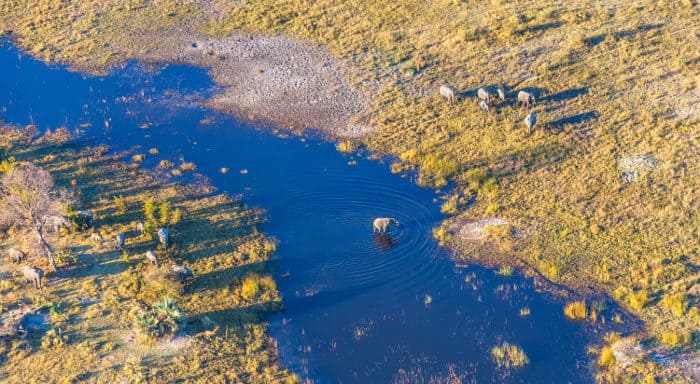
Herd is defined as a “large group of animals that live together.” Well, that would be the elephant. And other animals like sheep, cows, goats, zebra, Cape buffalo, springbok, impala, and many other African antelope.
But is there an odd one out here? Animals who live in herds usually have hooves and are known as ungulates. Elephants have feet, not hooves.
The closest thing they have to a hoof is a toenail. And just imagine an elephant going for a pedicure? It would take five therapists five days to clean down such humongous toenails.
Interesting fact: African elephants have fewer toenails than Asian elephants. Try to count an elephant’s toenails and you will probably get trampled, so consider learning some other differences in this African vs Asian elephant guide.
Elephants are not ungulates but they do share the ungulate group name – herd.
However, since mammoths became extinct, elephants are the only living species of the Elephantidae genus. So maybe they should have their own collective name?
Maybe Berners was correct in giving such a unique animal a very unique group name?
What’s so special about a parade or herd of elephants?
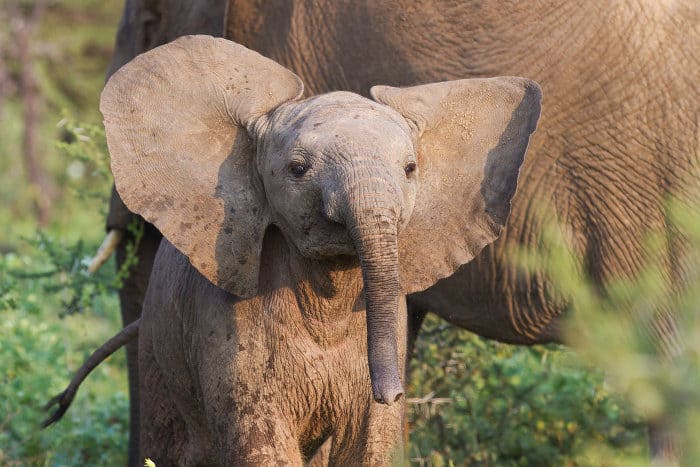
What is a group of elephants called? Well, it really doesn’t matter whether you call them a herd or a parade. Especially because these animals are at high risk of extinction and may disappear in the next 50 years.
Whether elephant herd or elephant parade, let’s celebrate the inimitable wonder of these great animals.
Unlike most mammal societies, elephant herds are matriarchal. Male bulls live and travel with the herd, but don’t take any part in decision-making!
Females within the parade work together and will take turns supporting and caring for infants. Raising a baby elephant is a herd effort – so no wonder the baby appears to parade proudly when crossing the savannah.
Young males grow to become big and boisterous adults. They leave the herd to start their own parade with other young males. Only when reaching 25-30 years old will they be big enough to challenge other elephant bulls and fight for a mate.
A herd is not just a family unit. Elephants can form incredibly close bonds beyond their family
So you can say that elephants have friends, as well as family. Females can stay with the same family unit for a lifetime, but may also wander off to join another parade.
Sometimes different herds band together into a giant parade, such as the groups of elephants in Chobe National Park. Here there can be over 1000 elephants in a single herd. How is that for a safari parade!
Protecting African elephants for future generations
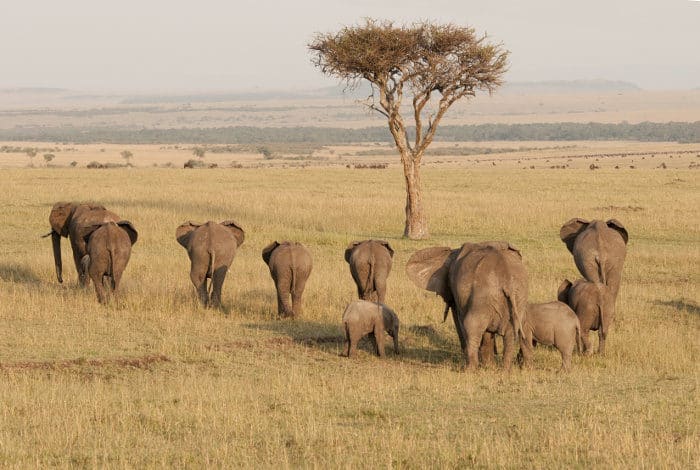
Unfortunately, there are far fewer herds than Berner’s time and not many great parades left in Africa.
The total African elephant population has gone from 5 million to 400,000 in 60 years! That’s more than a 90% decline!
Thanks to conservation and well-publicised government initiatives, the African elephant population is increasing. They are still very vulnerable to extinction, so let’s not be complacent.
So the debate to have is not what a group of elephants is called. It is what can we all do to ensure there are groups of African elephants for centuries to come?
You don’t need to adopt an elephant to help out. Simply spreading the word that elephants are endangered and being conscious of their plight will make a difference.
Going on an African safari helps to protect elephant habitat. The more the wilderness is kept wild the more elephants have space to roam.
Let’s hope that future generations can encounter great herds of elephants on a beautiful parade across the African savanna!

